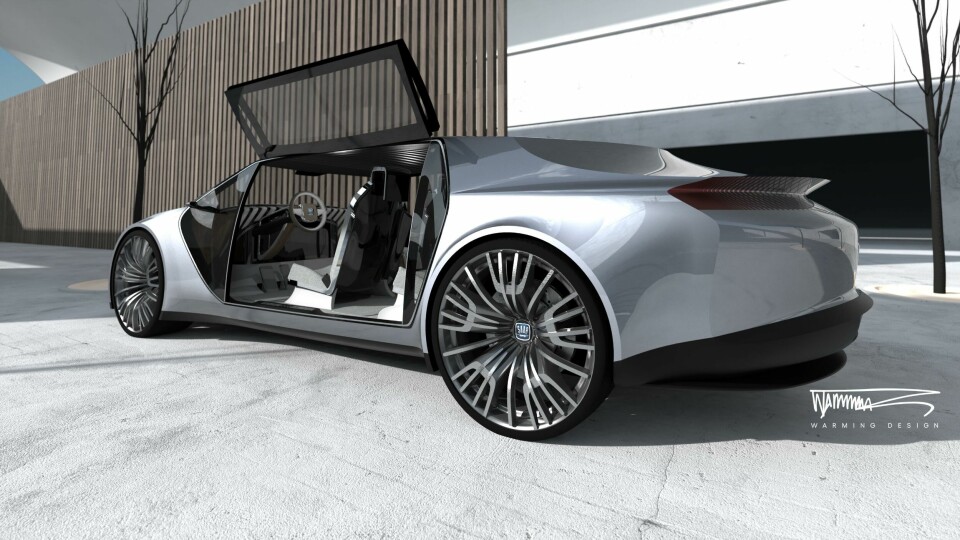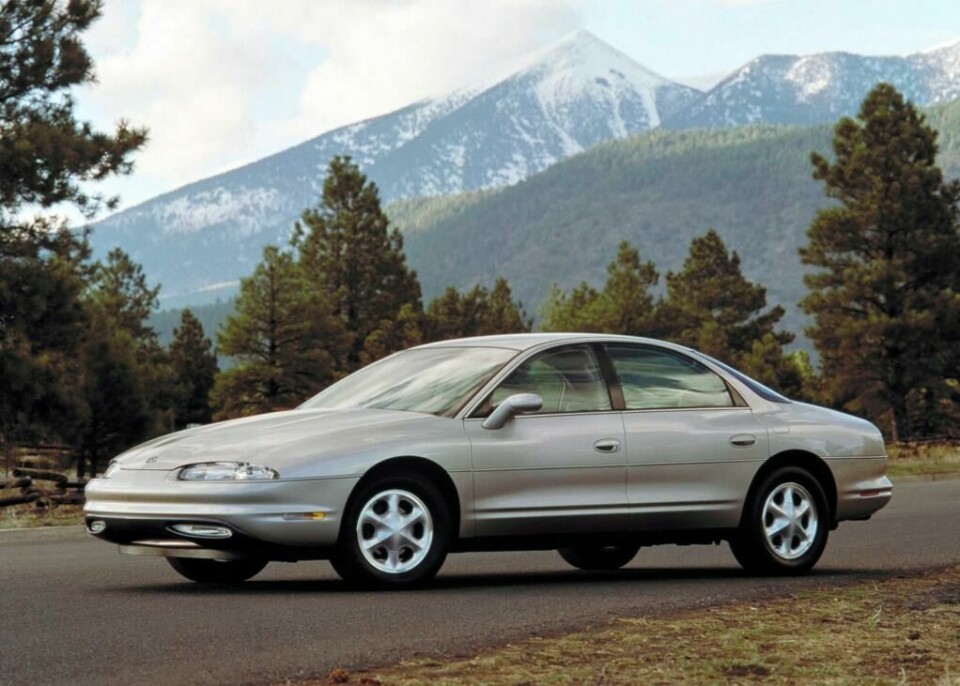
The three-box sedan: requiem or revival?
Stateside, the three-box sedan seems to be in retreat with VW withdrawing the Passat and Lincoln phasing out the Continental. Is it all over for this time-honoured format, or does its future simply lie in other areas of the global market?
Recently, it was reported that the Volkswagen Passat will be phased out in North America, and will only be sold in its Estate Wagon variant in Europe. The reasons are long and varied, and seem congruent with the changing times and challenges awaiting Volkswagen in the near future. Nameplates come and go, of course, and although it is sad to see some cars disappear into history, the cancellation of the Passat shines a light on a larger trend, the demise of sedans in general, and of three-box sedans in particular.
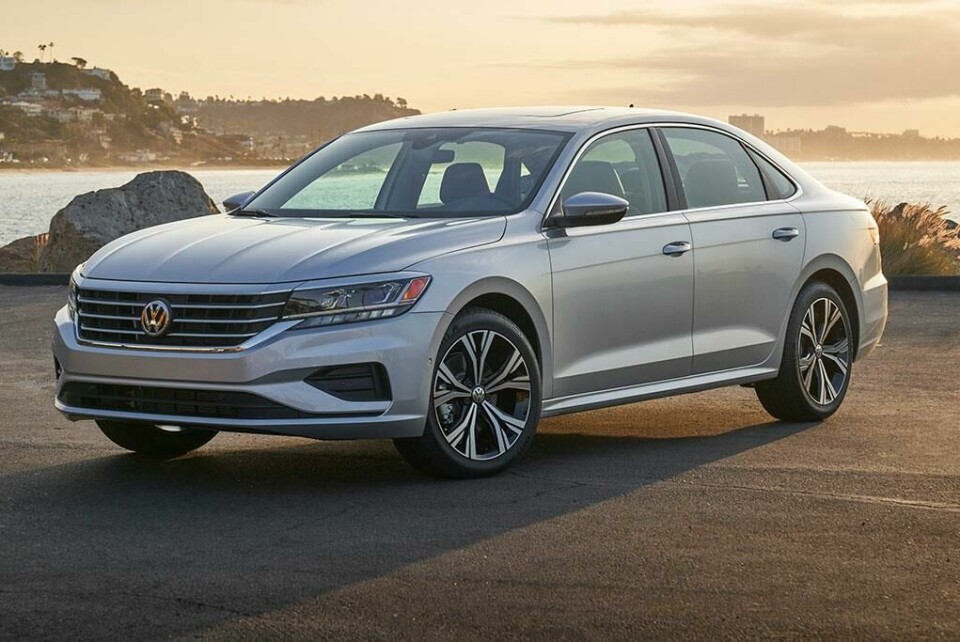
Ford, GM, and Chrysler have gotten out of the mid-size sedan market. Lincoln, once competing with Cadillac for luxury sedan dominance, is phasing out the Continental and focusing on crossovers and SUVs. Speaking recently with Automotive News, Joy Falotico, Lincoln’s president said, “We’re going to look to invest in growth segments. We think we’ve made the right choice there.” Translation: “We don’t make sedans anymore.”
And let’s be fair: for every OEM that retreats from the sedan segment, there are others waiting to take market share. In the US, these would include Toyota, Hyundai and Kia, and Honda. Even Volkswagen has its own (three-box!) sedan, Jetta, a strong seller in the US market. For marketing executives, this merely reflects the change of the times and the taste of the buying public. Crossovers and SUVs dominate because people value function very highly and these formats at least appear to serve that need very well.
So what next for the venerable three-box sedan? Is it still a valid configuration? And if it is, does it need a rethink? Possibly, but there are undoubtedly strengths in this tried and tested format. Firstly, there is the question of aerodynamics: the svelte sedan offers less wind-resistance and can increase the range of both EVs and ICE-powered iterations. Danish car designer Andreas Warming’s work with a Saab concept suggests there is still scope for innovation within the segment.
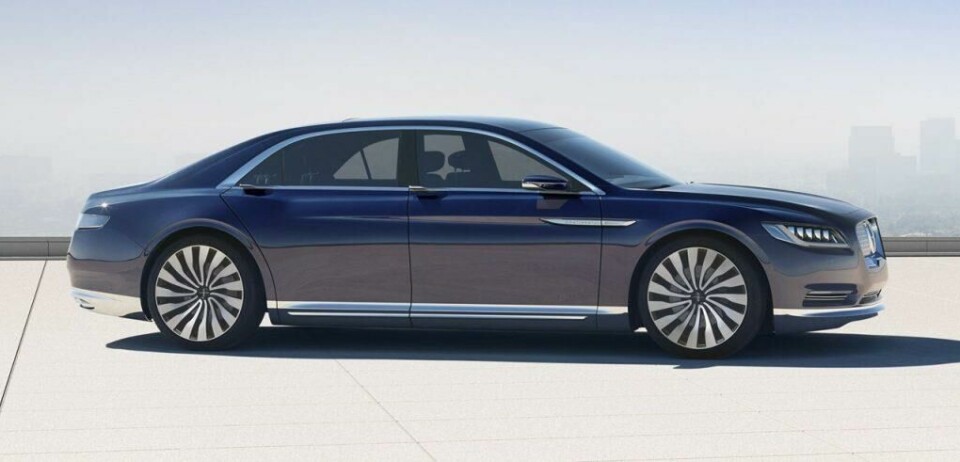
The sedan is versatile, too, accommodating estate and even crossover versions with minimal alterations to its fundamental architecture. Journalist Nick Gibbs noted,” It also benefits from long-held associations with elegance and luxury – many buyers of premium cars prefer a separate passenger compartment from the luggage compartment.” You can pinpoint these notions of luxury way back to before the motor car was invented.
As Richard Kim, formerly of BMW and now at Canoo, noted in a CDN interview last year, compartmentalism began before there were cars. “A horse-drawn carriage was a three-compartment vehicle – the horses as the ‘engine”, the carriage as the passenger compartment, and a trunk hung off the back of the carriage.” The “coach-and-four” as the original three box sedan? It’s an argument that has its merits. After the car was invented and developed its own distinctive forms, the memory of the formality and elegance of the carriage remained and influenced the design of many cars, from luxury marques down to mid-size sedans.
The three-box sedan brought with it a strong formality to car design. You could take any number of Rolls-Royce models – the Silver Shadow or Phantom IV being stellar archetypes. The Mercedes Pullman is also worth mentioning, along with the early 1960s Lincoln Continental – a strong entry from the American market. And of course, BMW’s E32 and E38 are three-box sedans of impeccable proportions, stance and performance. It is not all high-end. The Alfa Romeo Giulia QV, and some American muscle, the Dodge Charger SRT Widebody Hellcat occupy sportier ends of the spectrum, and the Peugeot 604 makes a very Gallic statement about the classic three-box sedan.
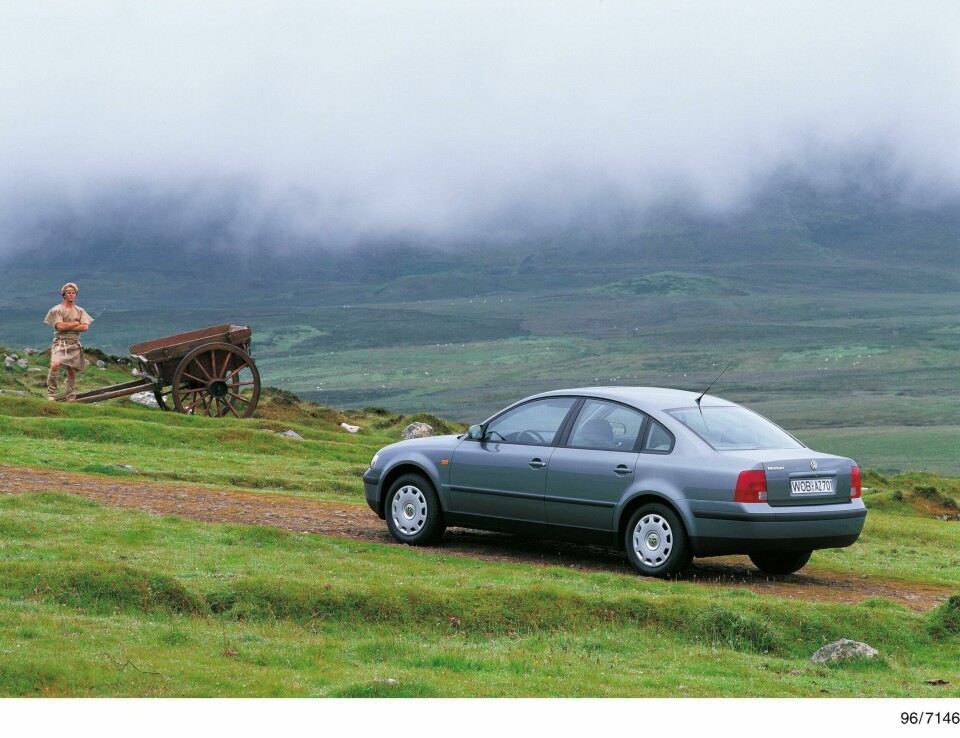
No less than former design director of Pininfarina Fabio Filippini nominated the Volkswagen Passat B5 (1996). “That is to me the perfect archetype of the sedan. A car that raised enormously the quality standards in the segment, to become a benchmark in his class. And it is an almost perfect expression of balance, purity and rigorous design, in the most faithful German functionalist design philosophy.”
Still, there is space for innovation in the three-box sedan segment. Indeed, the typology has given us some innovative vehicles such as the Saab 900 and 9000, the NSU Ro80, Volvo 460 and Marc Newsom’s 021C Concept for Ford. This innovation would be in body massing, technology – both in powertrains and handling and in cabin interior design, or preferably all of the above. The forthcoming Lucid Air as a near-future sedan that opens some new possibilities for both exterior and interior design.
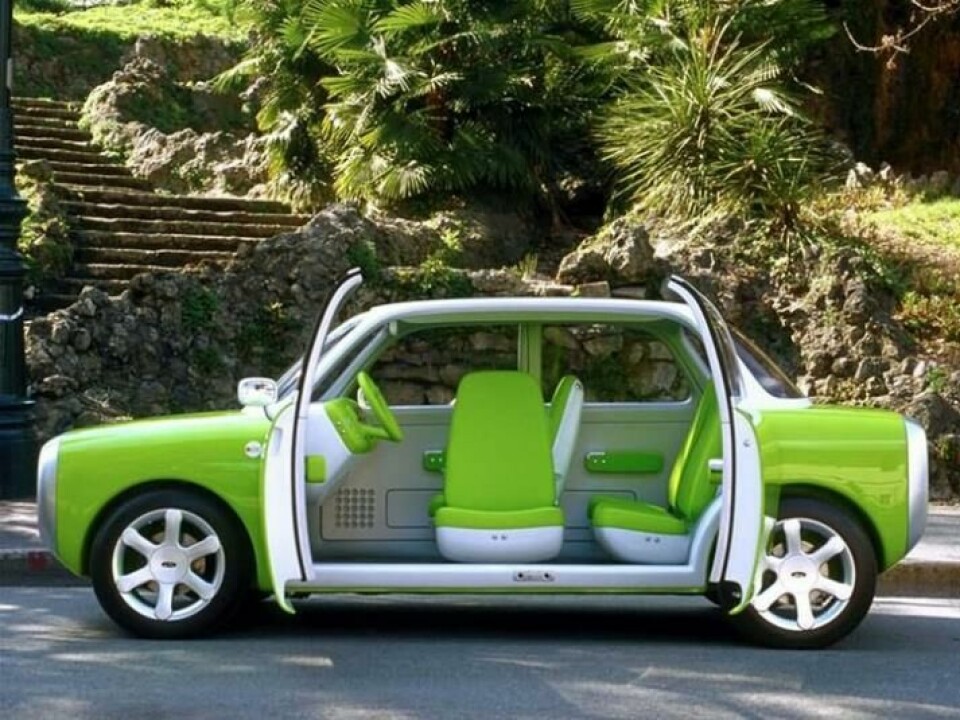
A recent project from Anders Warming displays some possibilities for the future of the three-box sedan. The Saab X_Ray Vision project imagines a newly reborn Saab premium sedan. The Saab design language is still here, although in a much-updated statement. In true Saab fashion, the detailing is elegant and minimalist. The three-box statement is highly streamlined, with a curving blunt nose, a long passenger compartment, and a long tail. The interior is described as being like a “Penthouse – Apartment” by Warming with vast areas of glass at the roof and sides, with two broad rectangular doors of glass, each rising like gullwings but folding up against themselves for maximum ingress and egress area.
Does the three-box sedan have a future? In a word, yes. But as Scott Krugger, head of Dodge, Chrysler, passenger car and utility vehicle exterior design, remarks: “It’s important that the next generation of three-box vehicles takes advantage of what its package and format can and should be in order to maintain relevance.”
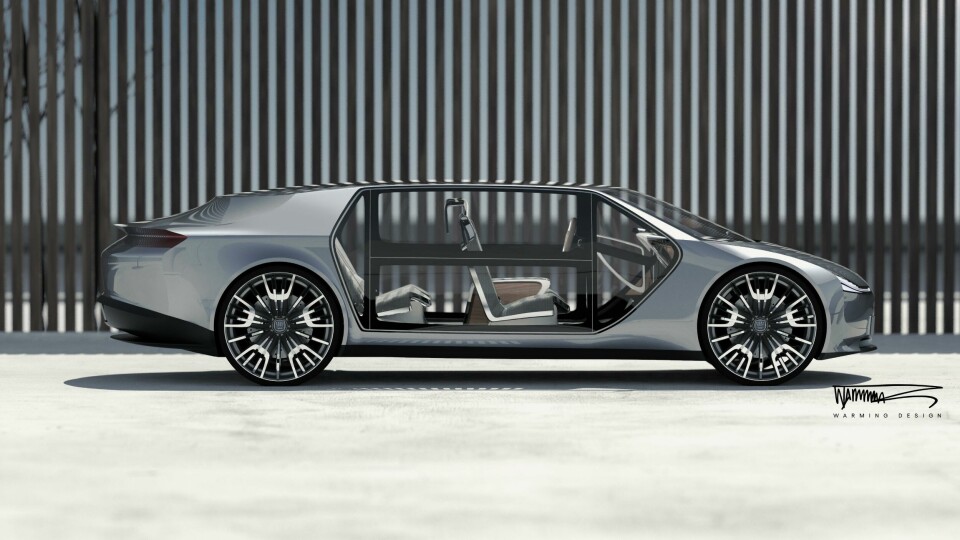
No discussion of the three-box sedan would be complete without some input from Chris Bangle, designer of the (in)famous Bangle Butt, introduced on the BMW 7 series back in 2001. “I think your question should be, What will be the metrics by which car design will be discussed in the coming years… and do ‘boxes’ merit discussion?”
Bangle cites his REDSPACE concept car as an example of the new type of thinking needed by designer. His team moved beyond discussion of boxes to volumetrics, innovations along the x, y, and z planes of the car’s architecture, and layers of meaning or “texts” that describe the car at different levels of experience. “It isn’t holistic design - It’s textual design,” says Bangle. Certainly the interior, with its clever flexibility has something to say about the future of sedans where different experiences (texts) can be read by reconfiguring the seating in the cabin.
Finally, it is interesting to note that the three-box sedan may find its next, most contemporary expression in a design for Chinese, or Latin American markets where the demand is strong. The three-box format is also popular in Eastern Europe and Turkey – developing markets that have room for growth. Or perhaps a totally new expression of sedan will emerge, one beyond discussions of volumes and boxes. Whatever the future holds, it seems clear that there will be a place for the three-box sedan in the showroom of tomorrow. As journalist Jens Meiners notes: “The potential of the three-box sedan has not yet been exhausted.” We could not agree more.
